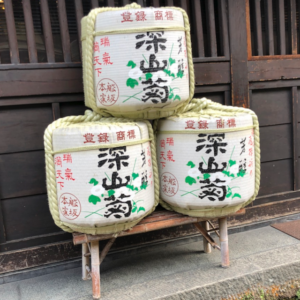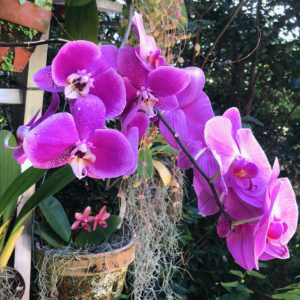Arcus takes aim at belzutifan in the HIF-2α arena

Once we have a new standard of care agent in a class the question is always how long can they hold it for?
Oncology R&D is a dynamic beast to watch – very little stands still or survives the test of time.
Once we have a new King anointed at the top of a mountain in a particular class of agents then there’s always a posse of others following in the wings to knock them off their perch.
If you’re not first-in-class to a given market then the race becomes very much one of who has the best-in-class potential and how long the mould-breaker will have on their perch.
We are currently watching to see who has the potential to become a best-in-class HIF-2α inhibitor beyond Merck’s belzutifan (Welireg) – or will they turn out to be similar and the first past the post reigns supreme?
The real test is never the initial preclinical or clinical data that comes out, but rather if any pretender to the throne continues to demonstrate favourable safety, higher selectivity, and durable activity in the form of improved survival over time. After all, drug development is a marathon, not a sprint.
For later stage entrants such as Arcus’s casdatifan, the opportunity lies in differentiating themselves through improved outcomes and optimised combination strategies. As data mature, clearer insights into the overall survival and quality of life benefits will emerge, solidifying their role in the evolving RCC treatment paradigm.
Ironically we saw this same battle with the VEGF inhibitors in the same disease a decade ago. Now it’s the turn of the HIF-2α inhibitors to follow the well-trodden path – there’s a lot to think about with new data coming out…
To continue reading our latest highlights on oncology new product development including commentary and analysis BSB subscribers can log-in or you can click to access the content.
This content is restricted to subscribers




